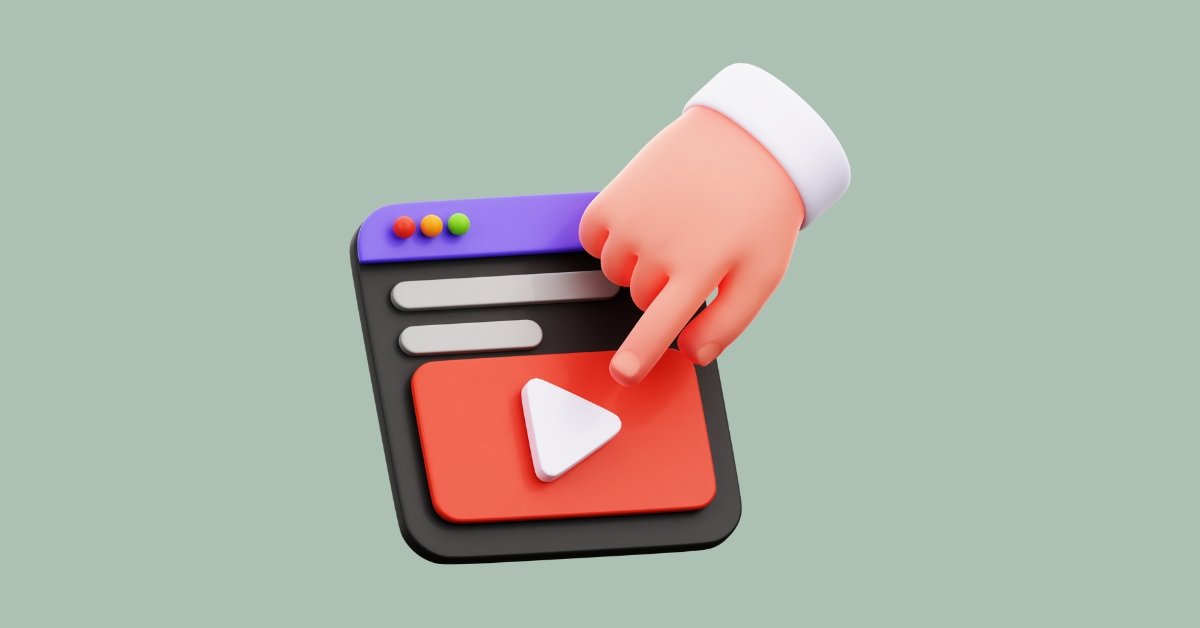ChatGPT, a language model developed by OpenAI, has significantly advanced natural language processing.
It can generate human-like responses to a wide range of questions and has proven to be a valuable tool for chatbots, language translation, and other NLP applications.
However, despite its impressive capabilities, there are still instances where the model’s responses may need to be more accurate and relevant.
In this blog post, we will discuss various methods that can be used to improve the accuracy of ChatGPT’s responses.
Table of Contents
Providing More Context
One of the most important factors in generating accurate responses is providing the model with enough context.
The more context you provide, the better the model can understand the meaning of the text and generate an appropriate response.
This is especially important when dealing with questions that require a deeper understanding of the context, such as questions about personal experiences, opinions, or preferences.
By providing more context, you can help the model understand the text’s tone, sentiment, and meaning, which will lead to more accurate responses.
Fine Tuning The Model
Fine-tuning the model is another method to improve the accuracy of ChatGPT’s responses.
This involves training the model on a specific task or dataset, which is different from the general training data used by OpenAI.
By fine-tuning the model on a specific task, you can make the model more familiar with the types of questions and relevant responses.
This will result in a more accurate and relevant model for your specific use case.
Using Domain Specific Data
In addition to fine-tuning the model, you can improve its accuracy by using domain-specific data.
For example, if you are using ChatGPT for customer service, you can train the model on a dataset of customer service interactions.
This will help the model learn the common language and terminology used in customer service, improving its accuracy in generating responses to customer service questions.
Utilizing Ensembles
Another approach to improving ChatGPT’s responses’ accuracy is using ensembles of models.
An ensemble is a collection of models that work together to produce a single result.
By using multiple models, you can increase the accuracy of the results, as the models can provide different perspectives and approaches to generating a response.
This will also help to mitigate the impact of errors made by individual models.
Incorporating Human Feedback
Finally, incorporating human feedback can also be an effective method for improving the accuracy of ChatGPT’s responses.
By allowing human users to provide feedback on the responses generated by the model, you can teach the model how to generate more accurate and relevant responses.
Over time, the model will learn from the feedback and become more accurate, making it an even more valuable tool for NLP applications.
Conclusion
In conclusion, there are several methods that can be used to improve the accuracy of ChatGPT’s responses.
By providing more context, fine-tuning the model, using domain-specific data, utilizing ensembles, and incorporating human feedback, you can ensure that ChatGPT is generating the most accurate and relevant responses possible.
With these techniques, you can leverage the power of ChatGPT to create innovative NLP applications that deliver real value to users.






